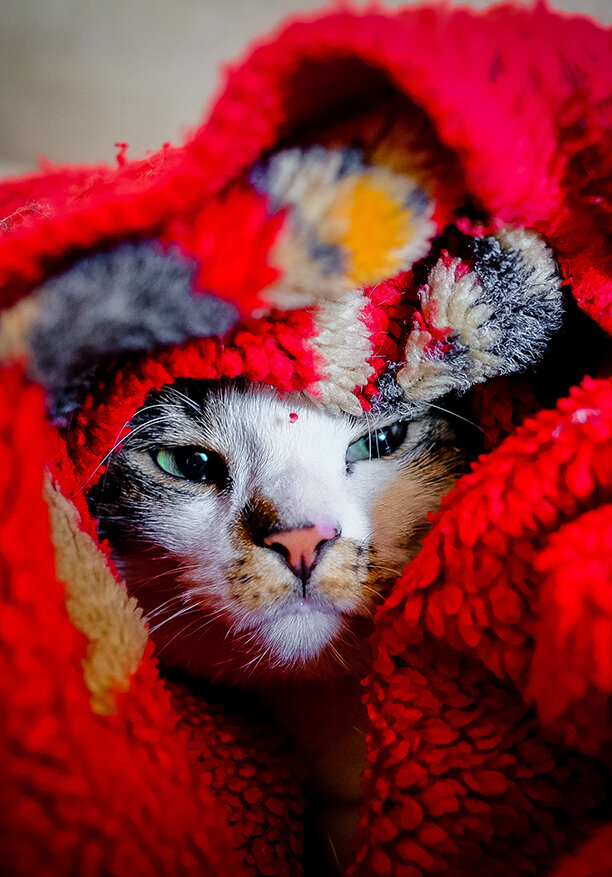BURNT PAWS: Symptoms & Treatment
Cats are attracted to warmth and are most likely to get burns on their feet from walking on hot surfaces, like woodburners, fireplace hearths or cook tops.
BURNS ARE CLASSIFIED ON THE DEPTH OF SKIN DAMAGE:
FIRST DEGREE BURNS cause redness, but all the skin layers are intact. Hair may be singed or missing. There will be some minor pain or discomfort.
SECOND DEGREE BURNS are characterised by redness and blisters indicating that several layers of the skin have been damaged, causing more pain.
THIRD DEGREE BURNS go through the full thickness of the skin and damage the tissue underneath. The skin on the edges may be blackened.
SYMPTOMS
Your vet will be able to tell you what degree of damage has been done to your pets paws. Burns do not appear on cats immediately as blisters or damaged skin as they do on humans. Some of the damage caused by the burns may take a day or two to become evident.
If you don’t see your cat get burnt they may present with crying, reluctance to walk or limping tenderly.
TREATMENT
Wrap your cat in a towel to restrain it while you are treating them. It is safest to put your cat in a carry box for transport to the vet if this is possible without causing excessive pain.
Wrap the affected paws with a wet cloth and pour water gently onto the cloth, or immerse the burned area in cool water. With many cats, this may not be possible. DO NOT rub or wipe the area, or apply butter or other ointments: they will not help and may make things worse.
Sometimes pain relief can be the only course of treatment for your cats paws, but it is best your vet makes this decision as cats with second and third degree burns are at risk of shock, infection and dehydration.



